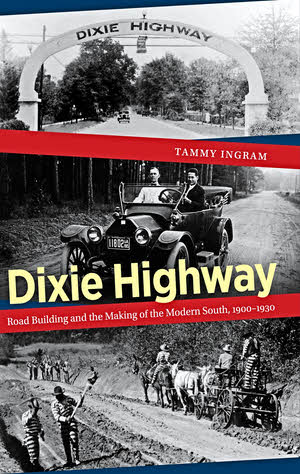 When I first heard about a forthcoming book titled Dixie Highway. I got kind of excited. I looked forward to having all my questions about the historic highway answered and all the blank spots filled in. Then, as details about the book started to emerge, I began to think it would not tell me anything about the Dixie Highway outside of Dixie; maybe nothing outside of Georgia. Reality, of course, is somewhere in between.
When I first heard about a forthcoming book titled Dixie Highway. I got kind of excited. I looked forward to having all my questions about the historic highway answered and all the blank spots filled in. Then, as details about the book started to emerge, I began to think it would not tell me anything about the Dixie Highway outside of Dixie; maybe nothing outside of Georgia. Reality, of course, is somewhere in between.
In the early pages of Dixie Highway: Road Building and the Making of the Modern South, 1900-1930, Ingram tells of the Good Roads Movement that preceded organizations such as the Dixie Highway Association then talks about the formation of the DHA. Here, even though supportive examples might come from Georgia, Ingram is talking about the entire US or at least the strip of states north of Florida that the Dixie Highway would serve. She paints an appropriately muddy picture of the problems facing farmers and small businesses who needed to transport goods or deliver services. The picture she paints of the various factions involved in solving — or not — those problems is muddy in a different sort of way.
Ingram reminds us that roads, particularly long roads, were not always seen as a good thing. Railroads didn’t want the competition and neither farmers nor working-class city folk wanted to pay for roads to be used by the rich and their expensive motorized playthings. And no one wanted to give up control which, at the start of the twentieth century, was almost all county based and very local. A lot of the story of the Dixie Highway, and every other road of the time, has to do with getting control to units large enough to see that what roads there were did not end at the county or state line.
One way the Dixie Highway Association addressed this was to get state governors involved from the beginning. Ingram identifies and describes the players and chronicles the steps taken as the DHA went from nothing to something in fairly short order.
When the book moves from getting things organized to getting things built, the focus tightens on Georgia. This makes sense from a number of angles. It had more miles of Dixie Highway than any other state and many of the problems encountered in Georgia were the very same problems encountered in every other state. But Georgia had other issues, too, including racial attitudes and political traditions. Ingram discusses these to show the effect they had on building the Dixie Highway and the effect the Dixie Highway had on the south.
Tammy Ingram is a college professor. Her writing is factual and precise in a way that makes the reader feel that it is the well-researched truth. It is not without style. While it is somewhat dry, it is not the mechanized recital of facts and statistics that academics sometimes produce and which can induce drowsiness better than any drug. I enjoyed reading Dixie Highway and I learned quite a lot from it.
I couldn’t help noticing that Ingram calls the Dixie Highway and similar roads “marked trails”. It certainly doesn’t affect the value of the book in the slightest and it probably won’t even register with most readers. I’m used to seeing the pre-1926 routes referred to as “named trails” or “named auto trails” to distinguish them from the numbered highways that followed. As I said, most readers probably won’t notice and it really isn’t a problem for those of us who do although I did initially find myself pausing for a second or two whenever I encountered it. I got better.
Dixie Highway: Road Building and the Making of the Modern South, 1900-1930, Tammy Ingram, The University of North Carolina Press, March 3, 2014, hardcover, 9.2 x 6.2 inches, 272 pages, ISBN 978-1469612980
Available through Amazon.

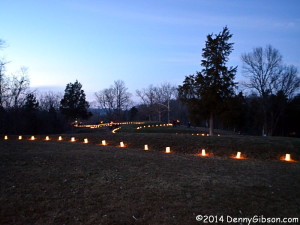
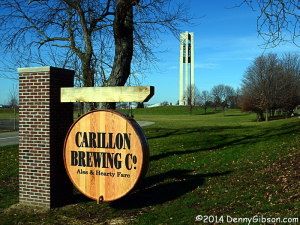
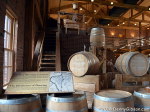
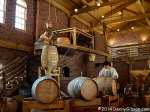
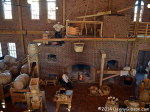

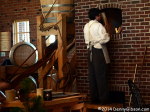
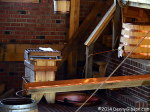
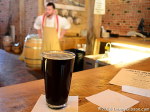


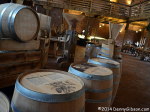
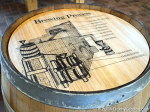

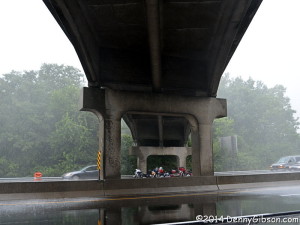

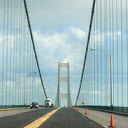
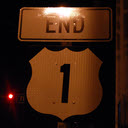

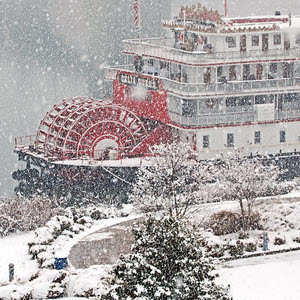 That’s the steamship Delta Queen pictured to the right. The picture was taken on December 25, 2010 when Chattanooga got its first Christmas Day snow fall in 41 years. I don’t expect to see scenes like that again though I am returning to the Queen for Christmas 2012. Once the holiday is past, I’ll be driving a little Dixie Highway and spending a little time in Atlanta, Georgia. I’m now on the way and spent last night in LaFollette, Tennessee. The short journal for that first day’s drive is
That’s the steamship Delta Queen pictured to the right. The picture was taken on December 25, 2010 when Chattanooga got its first Christmas Day snow fall in 41 years. I don’t expect to see scenes like that again though I am returning to the Queen for Christmas 2012. Once the holiday is past, I’ll be driving a little Dixie Highway and spending a little time in Atlanta, Georgia. I’m now on the way and spent last night in LaFollette, Tennessee. The short journal for that first day’s drive is